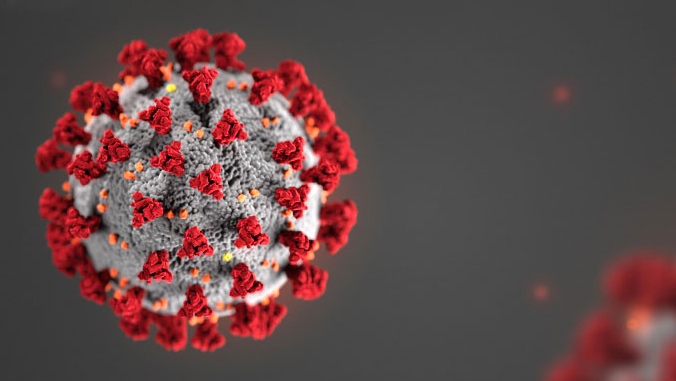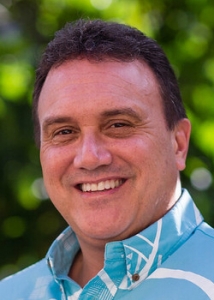
A new study from the University of Hawaiʻi at Mānoa John A. Burns School of Medicine (JABSOM) reports that the highest rate of COVID-19 positive cases in several U.S. states, including Hawaiʻi, are among Native Hawaiians and Pacific Islanders (NHPI) more than other racial and ethnic groups.
The research showed as high as 217.7 cases per 100,000 in NHPI residents in at least five states—Hawaiʻi, California, Oregon, Utah and Washington. The rates of COVID-19 positive cases within these states are greater than those reported for African Americans and American Indians, two racial/ethnic groups that have been receiving much of the national attention regarding COVID-19 risk.

Indigenous peoples share similar concerns that put them at an increased risk for COVID-19 and other related problems. These include limited access to healthcare services, more chronic and infectious diseases and poorer economic and living conditions.
“These are all long-standing health concerns for indigenous people that predate the arrival of COVID-19, but they are even more concerning now,” said Keaweʻaimoku Kaholokula, professor and chair of JABSOM’s Department of Native Hawaiian Health, who has been tracking and analyzing the data.
Issues linked to higher risk
According to Kaholokula, the higher risk of infection among NHPI is linked to preexisting and underlying inequities in the social determinants of health across racial and ethnic groups that are ubiquitous in the U.S. These include:
- High rates of chronic disease. NHPI have among the highest rates of these chronic medical conditions, and associated mortality rates, compared to other ethnic groups in Hawaiʻi as well as the larger U.S.
- High rates of smoking and vaping. NHPI, especially adolescents and young adults, have the highest rates of smoking and vaping compared to other racial and ethnic groups. Poor access to quality health care. About 20 percent of NHPI are uninsured compared to 11.4 percent of non-Hispanic whites.
- Overrepresentation in the category of essential workers. A large percentage of the NHPI community is comprised of essential workers, with heavy representation in the military, security, service and healthcare industry.
- Lower wages and poorer economic and living conditions. Service-related jobs often do not provide a livable wage. NHPI are more likely than many other ethnic groups to have fewer financial resources and live in larger multi-generational households and densely populated neighborhoods.
- Overrepresentation in the incarcerated and homeless population. Native Hawaiians alone comprise 43 percent of the prison population and, on Oʻahu alone, 39 percent of the homeless population.
Kaholokula said, “Despite the higher COVID-19 risk among NHPI, it is important to remember and recognize the resiliency and fortitude of NHPI, communities and their cultural assets that can be leveraged to reduce the adverse impact of COVID-19. NHPI communities continue to flourish while maintaining their unique cultural values, perspectives, practices and aspirations.”

